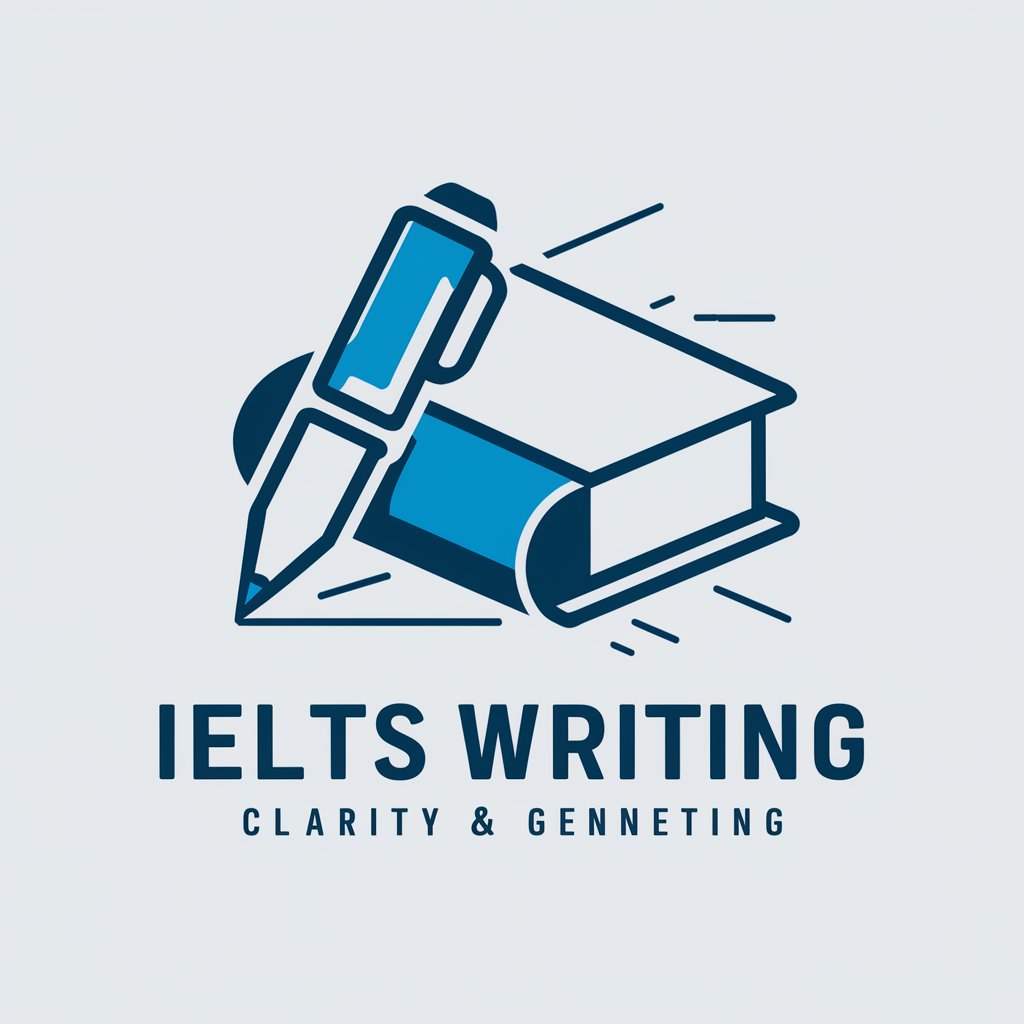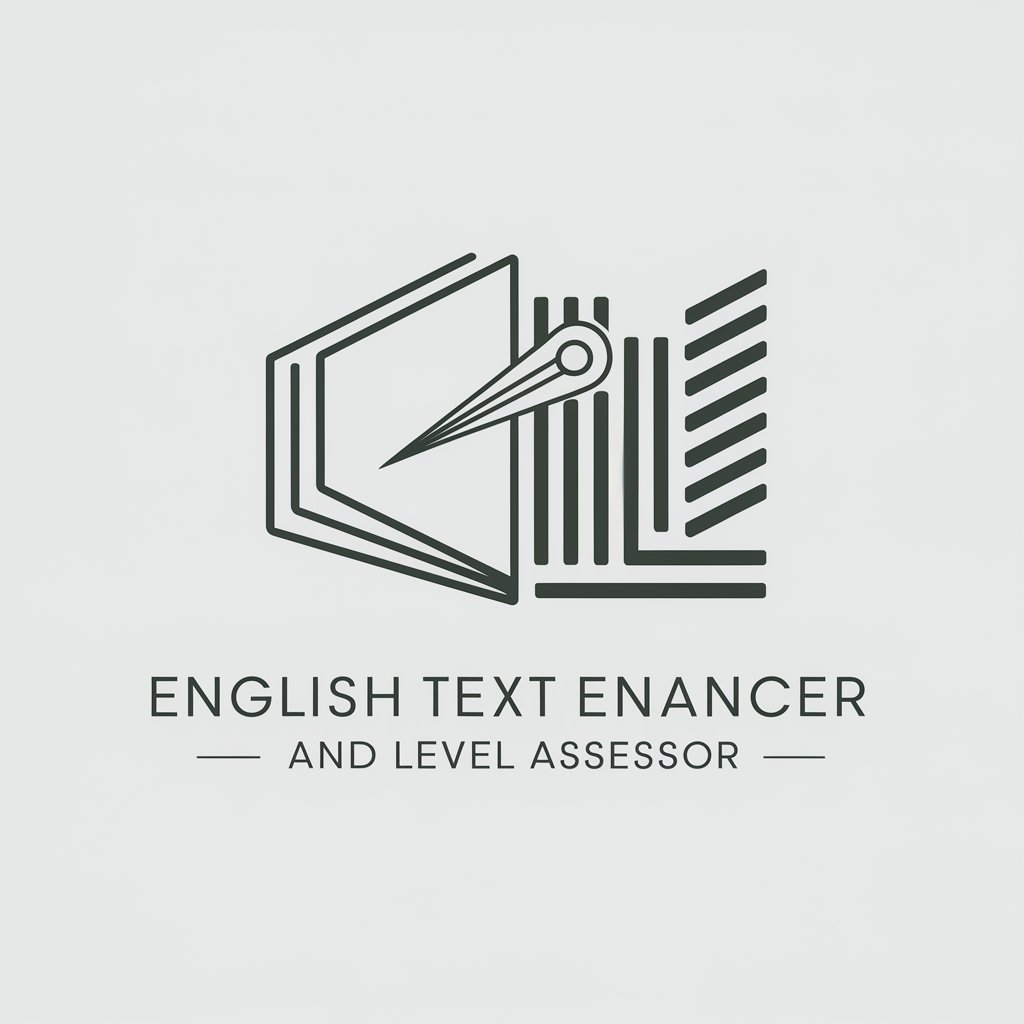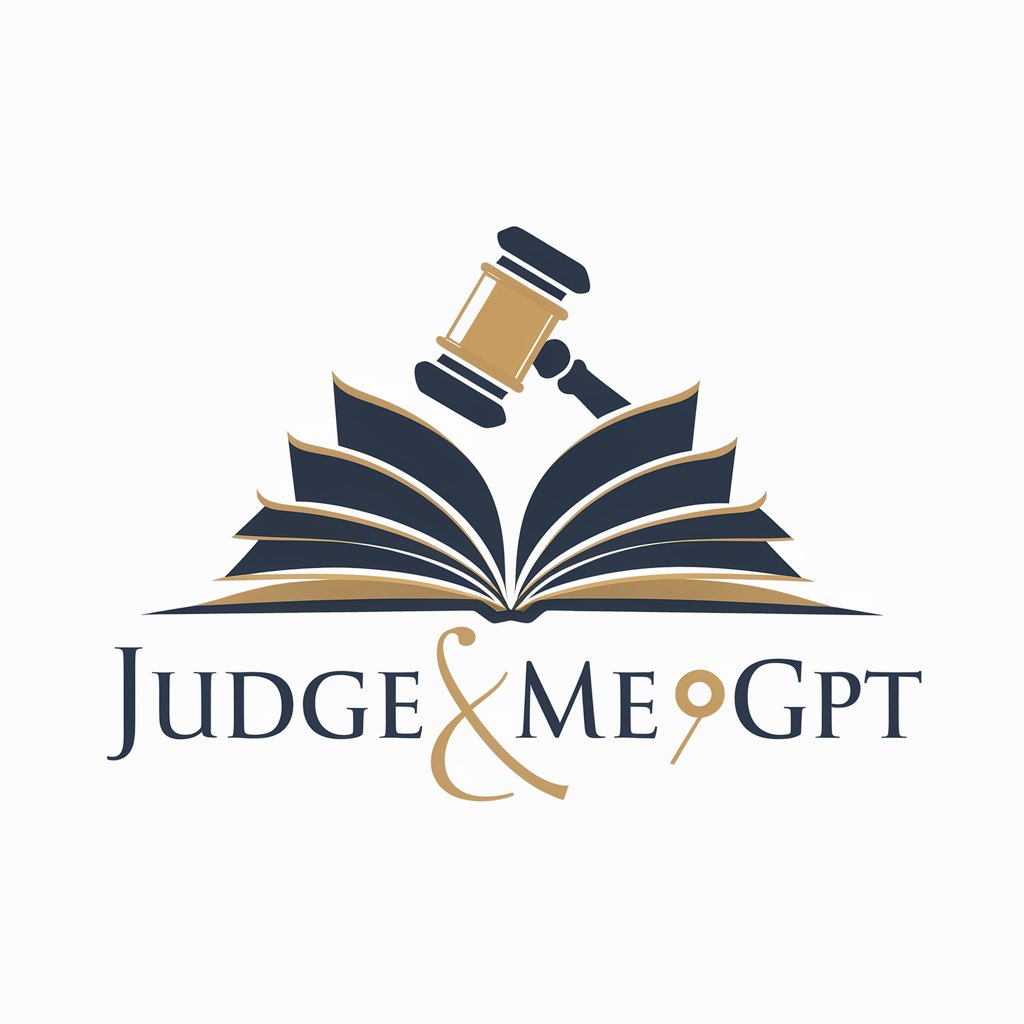
IELTS Task 1 Rater-AI IELTS writing evaluator
AI-powered scoring for IELTS Task 1
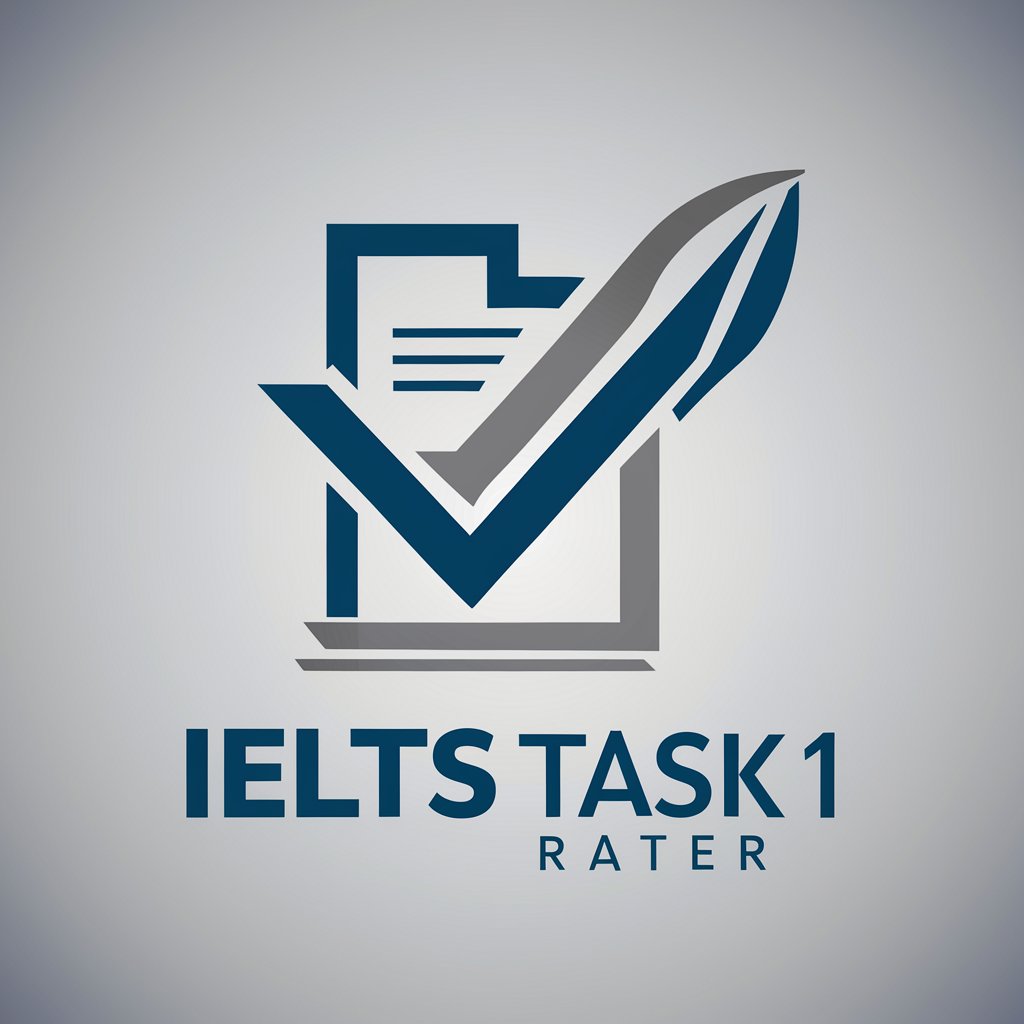
IELTS Task 1 writing evaluator and guide
Rate my Task 1 response
How can I improve my report?
What's good about my summary?
Evaluate my writing sample
Get Embed Code
Introduction to IELTS Task 1 Rater
The IELTS Task 1 Rater is a tool or software designed to assist in evaluating and scoring the writing tasks found in the IELTS (International English Language Testing System) exam, specifically the Task 1 of the Academic Writing test. Task 1 requires test takers to analyze visual data such as graphs, tables, charts, or diagrams and summarize the key information in a clear, well-structured response. The Rater's primary purpose is to simulate the evaluation process used by human examiners. It analyzes key aspects of the written response such as task achievement, coherence, lexical resource, and grammatical range and accuracy. By offering feedback, it helps test-takers refine their writing skills and understand how to better meet the exam criteria. For instance, the Rater would assess if a candidate has effectively summarized the key trends in a graph or chart, provided accurate comparisons, and used appropriate vocabulary and grammar. A scenario would be a user submitting a writing sample describing a line graph, and the Task 1 Rater evaluating it based on clarity, coherence, and lexicalIELTS Task 1 Rater choice.
Main Functions of IELTS Task 1 Rater
Automated Scoring and Feedback
Example
After a user submits their Task 1 writing, the Rater provides a score for each IELTS writing criterion: Task Achievement, Coherence and Cohesion, Lexical Resource, and Grammatical Range and Accuracy.
Scenario
A candidate writing about a bar chart receives a score and detailed feedback on their use of language, accuracy, and clarity. If their response lacks clear comparisons or has awkward phrasing, the Rater highlights these areas for improvement.
Identification of Common Mistakes
Example
The Rater can identify recurring errors such as missing commas, incorrect tense usage, or inappropriate vocabulary for formal writing.
Scenario
If a test-taker consistently uses informal language like 'lots of' instead of 'many' or 'numerous', the Rater will flag it, suggesting more formal alternatives.
Progress Tracking
Example
Users can track their improvement over time by comparing scores across multiple submissions, allowing them to see how their writing is evolving.
Scenario
A user submits a Task 1 answer every week for a month and sees a steady increase in their scores, particularly in grammatical accuracy, which motivates them to keep refining their writing skills.
Ideal Users of IELTS Task 1 Rater
IELTS Test Takers
Individuals preparing for the IELTS exam are the primary users. These test takers, especially those targeting high band scores, benefit from immediate feedback that helps them focus on weak areas such as task achievement or grammar. It allows them to practice multiple drafts, learn from their mistakes, and refine their writing skills before the actual test.
English Language Learners
Students or professionals working to improve their academic or professional writing in English would also find the Rater useful. It offers targeted feedback that not only prepares them for the IELTS exam but also helps them improve their overall writing competence, which can be applied in their studies or work environments.
Teachers and Tutors
English language instructors can use the IELTS Task 1 Rater to enhance their teaching resources. By reviewing the automated feedback, teachers can identify common student weaknesses and focus on those areas in their lessons. It’s a time-saver for instructors grading large volumes of student writing, providing them with detailed insights into student performance.
Guidelines for Using IELTS Task 1 Rater
Step 1
Step 2
Prepare an IELTS Academic or General Training Task 1 response in text format, ensuring the answer is complete and meets the task requirements.
Step 3
Input the written response into the IELTS Task 1 Rater interface and initiate the evaluation process.
Step 4
Review the detailed scoring breakdown provided for Task Achievement, Coherence and Cohesion, Lexical Resource, and Grammatical Range and Accuracy.
Step 5
Apply the feedback to refine structure, language use, and data presentation for improved band scores in future practice sessions.
Try other advanced and practical GPTs
PostgreSQL (Postgres)
AI-powered PostgreSQL management made simple.
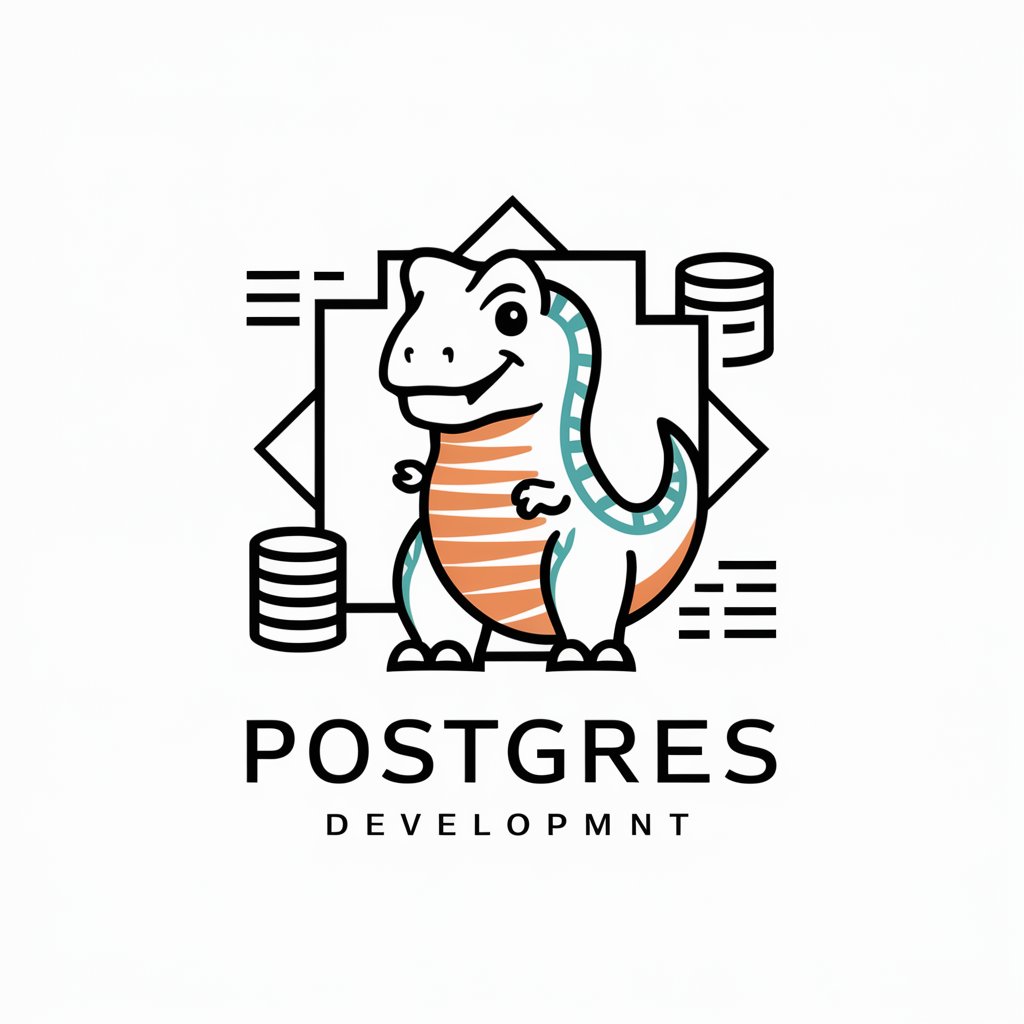
Oncology Expert
AI‑powered oncology assistant for evidence synthesis

Kubernetes
AI-powered Kubernetes orchestration made simple.

Chinese History 中国历史
AI-powered insights into Chinese history

Matlab
AI-powered MATLAB assistant for code generation, optimization, and deployment.

Suno音乐创作大师
Create music effortlessly with AI

Health Educator Assistant
AI-powered Health Education Assistance for All.

Thumbnail Sketcher
Smart Thumbnails, Powered by AI

No More Delve
AI-powered insights for research and writing.

Foto Art GPT
Turn Your Photos into AI Cartoon Magic

Career Coach
AI-powered guidance for every career move.

RabbitMQ
AI-powered, scalable message queuing solution.
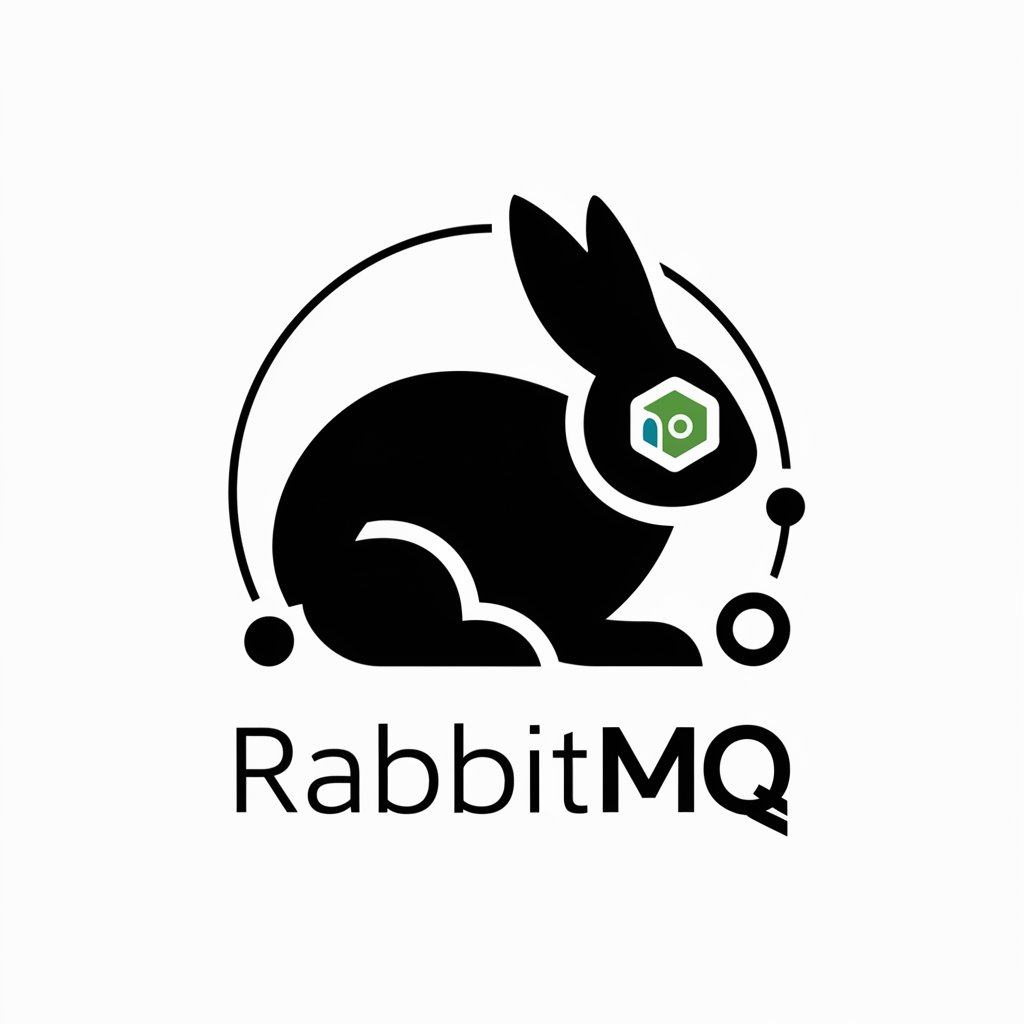
- Academic Writing
- Language Learning
- Exam Preparation
- IELTS Practice
- Writing Evaluation
Common Questions About IELTS Task 1 Rater
What does IELTS Task IELTS Task 1 Rater Guide1 Rater evaluate?
The tool evaluates IELTS Task 1 writing responses based on the official IELTS band descriptors, providing detailed scoring in Task Achievement, Coherence and Cohesion, Lexical Resource, and Grammatical Range and Accuracy.
Can it be used for both Academic and General Training tasks?
Yes. It supports both Academic Task 1, such as chart and graph descriptions, and General Training Task 1, such as letter writing, adapting scoring and feedback accordingly.
Is prior IELTS knowledge required to use it?
While prior familiarity with IELTS scoring criteria enhances understanding of the feedback, the tool provides self-explanatory scoring details, making it accessible to learners at different stages.
How is the feedback presented?
The feedback is presented in a structured format, with numerical band scores, written evaluations for each criterion, and suggestions for improvement aligned with IELTS standards.
What are the common use cases for this tool?
Common uses include self-assessment before taking the IELTS exam, targeted skill improvement, teacher-assisted learning, and structured practice sessions for consistent performance enhancement.

